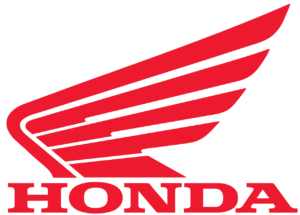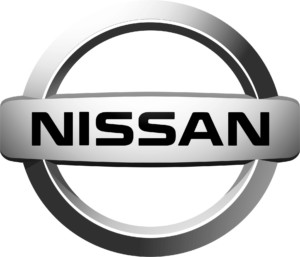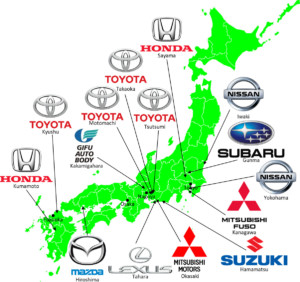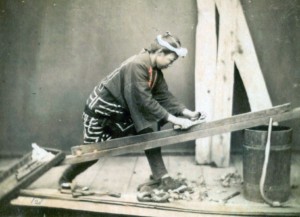 Honda is the largest motorcycle manufacturer in the world with around 17 million motorcycles sold in 2017 (compared to number 2 Yamaha with around 5.2 million, 2015 figures). In January 2018 I had a chance to visit their Honda Kumamoto plant. This plant gave me a much better and very different impression than the Honda Sayama automotive plant.
Honda is the largest motorcycle manufacturer in the world with around 17 million motorcycles sold in 2017 (compared to number 2 Yamaha with around 5.2 million, 2015 figures). In January 2018 I had a chance to visit their Honda Kumamoto plant. This plant gave me a much better and very different impression than the Honda Sayama automotive plant.
Japan
The Grand Tour of Japanese Automotive – Honda Sayama
 Honda is the seventh-largest car maker in the world (in 2016). It is the largest maker of motor bikes and internal combustion engines overall. During my Grand Tour of Japanese Automotive, I was able to visit two of their plants: Sayama, where they produce cars, and Kumamoto, where they produce motor bikes and generators. These two plants are very different from each other. Let me give you what I found.
Honda is the seventh-largest car maker in the world (in 2016). It is the largest maker of motor bikes and internal combustion engines overall. During my Grand Tour of Japanese Automotive, I was able to visit two of their plants: Sayama, where they produce cars, and Kumamoto, where they produce motor bikes and generators. These two plants are very different from each other. Let me give you what I found.
The Grand Tour of Japanese Automotive – Nissan
 Nissan by itself would be the sixth-largest car maker (5.5 million vehicles in 2016), although it is now a part of the Renault-Nissan-Mitsubishi alliance, which was the largest car maker in 2017. It is also the world’s largest producer of electric vehicles.
Nissan by itself would be the sixth-largest car maker (5.5 million vehicles in 2016), although it is now a part of the Renault-Nissan-Mitsubishi alliance, which was the largest car maker in 2017. It is also the world’s largest producer of electric vehicles.
As part of my grand tour of Japanese automotive plants, I visited their Yokohama and Iwaki plants, which both make engines. In my view, the manufacturing performance of Nissan is comparable to that of Toyota, making it also one of the most efficient car makers worldwide. Let me show you what I found.
The Grand Tour of Japanese Automotive – Overview and Toyota
 During Winter 2017–2018, I spent five months in Japan. As part of this visit, I was able to visit factories of all seven Japanese car makers as part of my Grand Tour of Japanese Automotive Plants.
During Winter 2017–2018, I spent five months in Japan. As part of this visit, I was able to visit factories of all seven Japanese car makers as part of my Grand Tour of Japanese Automotive Plants.
This was extremely insightful, and I learned a lot about the differences between the Japanese car makers. Let me give you an overview and some details on Toyota plants before firing off a series of blog posts on the different Japanese automotive companies.
The Dark Side of Japanese Working Society
 The Japanese work ethic is pretty amazing, and their work standards are among the best of the world. In previous posts I have often written very favorably on these standards. Yet, not all is right in the Japanese working world. In fact, a lot is wrong and troublesome, and this superior work performance comes at a significant cost of work-life balance.
The Japanese work ethic is pretty amazing, and their work standards are among the best of the world. In previous posts I have often written very favorably on these standards. Yet, not all is right in the Japanese working world. In fact, a lot is wrong and troublesome, and this superior work performance comes at a significant cost of work-life balance.
Monozukuri – Japanese Work Ethics
 Perhaps you’ve heard of the Japanese word monozukuri (sometimes written as 物作り, but most often written as ものづくり). Literally translated, it means to make (zukuri) things (mono). Yet, there is so much meaning lost in translation. A better translation would be “manufacturing; craftsmanship; or making things by hand.” However, this translation also does not give justice to the weight and influence this idea has in Japan. Let me take you on a tour of the Japanese culture of monozukuri.
Perhaps you’ve heard of the Japanese word monozukuri (sometimes written as 物作り, but most often written as ものづくり). Literally translated, it means to make (zukuri) things (mono). Yet, there is so much meaning lost in translation. A better translation would be “manufacturing; craftsmanship; or making things by hand.” However, this translation also does not give justice to the weight and influence this idea has in Japan. Let me take you on a tour of the Japanese culture of monozukuri.
Lean Tales in Japan: The Japanese Supermarket Checkout
 Japan is a wonderland for anybody interested in lean. Of course there is the archetype of lean manufacturing, the Toyota group and its Toyota Production System. However, access to Toyota plants is restricted, and during their guided tours you can observe only so much. (See for example my post on Evolution of Toyota Assembly Line Layout – A Visit to the Motomachi Plant as the result of such a tour).
Japan is a wonderland for anybody interested in lean. Of course there is the archetype of lean manufacturing, the Toyota group and its Toyota Production System. However, access to Toyota plants is restricted, and during their guided tours you can observe only so much. (See for example my post on Evolution of Toyota Assembly Line Layout – A Visit to the Motomachi Plant as the result of such a tour).
Fortunately, the goal to achieve perfection is also found in many other processes in Japan, many of which you can observe almost anytime, whenever you like and for how long you like. In the past I blogged about Lean in the Japanese Public Toilet and Japanese Standard Pointing and Calling on Japanese trains. This time I’m looking in more detail into the Japanese supermarket, in particular its checkout system.
Toyota’s and Denso’s Relentless Quest for Lot Size One

A famous step toward perfection in a lean production system is a lot size of one. However, few people realize what enormous effort and rigor Toyota applies to achieve this goal. During my visit to a Toyota plant and the APMS conference in Tokyo in 2015, I saw quite a few stunning examples of this quest. Let me show you …
